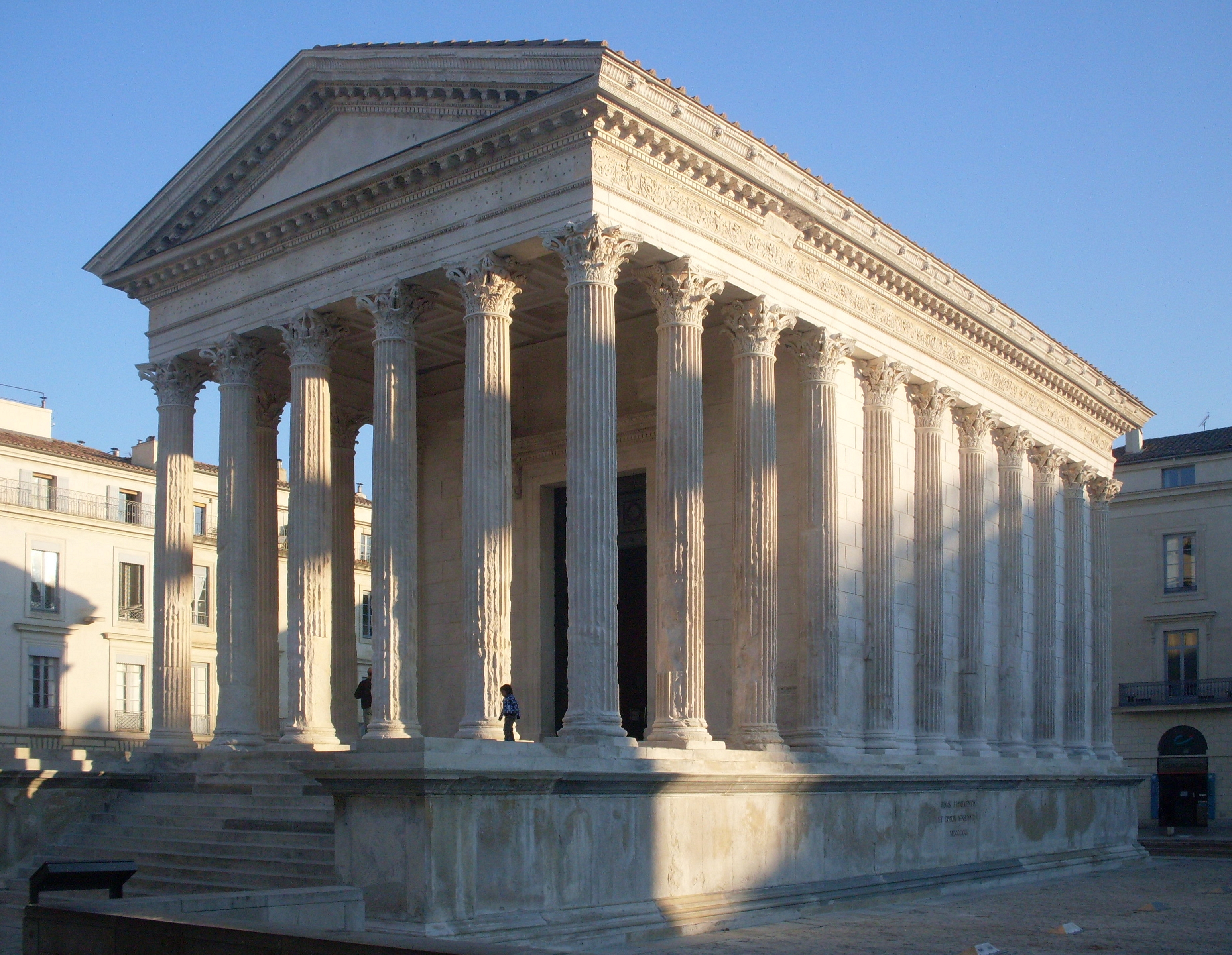Kenneth Frampton Modern Architecture A Critical History Pdf Worksheets
Blake, Peter (1994) Edward Larrabee Barnes, Architect, Rizzoli, New York, pp. Curtis, William J.R., Modern Architecture Since 1900. Prentice Hall, Inc. New Jersey 1999. Frampton, Kenneth. Modern Architecture a Critical History. Thames & Hudson Ltd, London 1992. This house is as modern as.

Contents • • • • • • • • • Kenneth Frampton [ ] In Towards a Critical Regionalism: Six points for an architecture of resistance, Frampton recalls 's 'how to become modern and to return to sources; how to revive an old, dormant civilization and take part in universal civilization'. According to Frampton's proposal, critical regionalism should adopt modern architecture, critically, for its universal progressive qualities but at the same time value should be placed on the geographical context of the building.
Emphasis, Frampton says, should be on topography, climate, light; on tectonic form rather than on scenography (i.e. Painting theatrical scenery) and should be on the sense of touch rather than visual sense. Frampton draws on for his argument. Alvar Aalto, Saynatsalo Town Hall (1952), Finland: the grass steps appeal to the tactile sense.
Two examples Frampton briefly discusses are and. In Frampton's view, Utzon's (1973–6), near Copenhagen is a self-conscious synthesis between universal civilization and world culture. This is revealed by the rational, modular, neutral and economic, partly prefabricated concrete outer shell (i.e. Universal civilization) versus the specially-designed, 'uneconomic', organic, reinforced concrete shell of the interior, signifying with its manipulation of light sacred space and 'multiple cross-cultural references', which Frampton sees no precedent for in Western culture, but rather in the Chinese roof (i.e. World culture). In the case of Aalto, Frampton discusses the red brick (1952), where, he argues, there is a resistance to universal technology and vision, affected by using the tactile qualities of the building's materials. He notes, for instance, feeling the contrast between the friction of the brick surface of the stairs and the springy wooden floor of the council chamber.
Curtis and Suha Ozkan [ ] There have been two different perceptions of Regionalism in architecture. One of which is of Western writers, like, whose definitions are not encompassing enough to analyse architectural styles especially in the last two centuries in the Islamic countries, like Iran. However, Ozkan's definition of Regionalism is more objective. Alexander Tzonis and Liane Lefaivre [ ] According to and, critical regionalism need not directly draw from the context; rather elements can be stripped of context but used in unfamiliar ways. Here the aim is to make evident a disruption and loss of place, that is already a, through reflection and self-evaluation.
Critical regionalist architects [ ] In addition to Aalto and Utzon, the following architects have used Critical Regionalism (in the Frampton sense) in their work:,,, Mahesh Naik,,,,,,,,,, Dharmesh Vadavala, Neelkanth Chhaya (Kaka), Soumitro Ghosh, Nisha Mathew Ghosh,, Mack Scogin / Merrill Elam,,,, Philippe Madec,, Tay Kheng Soon, Architects (Singapore),,,,,, Tan Hock Being. Peter Stutchbury, Lake Flato, Rick Joy, Tom Kundig, Sverre Fehn, Dimitris & Suzana Antonakakis are the two Greek architects for whom the term was first used by and Lefaivre. Critical regionalism has developed into unique sub-styles across the world. 's simple vernacular architectural style is representative of an Australian variant to critical regionalism. In, has developed a unique architectural vocabulary based on an appreciation of the local climate and culture. Critical regionalism in cultural studies [ ] Subsequently, the phrase 'critical regionalism' has also been used in cultural studies, literary studies, and political theory, specifically in the work of.
In her 2007 work 'Who Sings the Nation-State?' , co-authored with, Spivak proposes a deconstructive alternative to nationalism that is predicated on the of borders and rigid national identity. Douglas Reichert Powell's book Critical Regionalism: Connecting Politics and Culture in the American Landscape (2007) traces the trajectory of the term critical regionalism from its original use in architectural theory to its inclusion in literary, cultural, and political studies and proposes a methodology based on the intersection of those fields. See also [ ] • • Notes [ ]. • Hal Foster, 'Postmodernism: A Preface', in 'Anti-Aesthetic.
Essays on Postmodern Culture.' Seattle: Bay Press, 1983. • Kenneth Frampton, 'Towards a Critical Regionalism: Six points for an architecture of resistance', in 'Anti-Aesthetic. Essays on Postmodern Culture.'
Seattle: Bay Press, 1983. The Collection of articles of the International Congress of Imam's Descendants (Imamzadegan). Esfahan, Iran: The Charity Organisation. • Giamarelos, S. Intersecting Itineraries Beyond the Strada Novissima: The Converging Authorship of Critical Regionalism. Architectural Histories, 4(1), 11. Retrieved 2009-11-19.
References [ ] • Vincent B. Canizaro,' Architectural Regionalism: Collected Writings on Place, Identity, Modernity, and Tradition,' (2007) Princeton Architectural Press. • Kenneth Frampton, 'Towards a Critical Regionalism: Six Points for an Architecture of Resistance', in The Anti-Aesthetic.
Essays on Postmodern Culture (1983) edited by Hal Foster, Bay Press, Seattle. • Stylianos Giamarelos (2016). Intersecting Itineraries Beyond the Strada Novissima: The Converging Authorship of Critical Regionalism. Free Antares Auto Tune Efx Rtas Crack - Free And Software on this page. Architectural Histories, 4(1), 11.
DOI: • Alex Tzonis and Liliane Lefaivre, 'The grid and the pathway. An introduction to the work of Dimitris and Suzana Antonakakis', Architecture in Greece (1981) 15, Athens. • Judith Butler and Gayatri Chakravorty Spivak, 'Who Sings the Nation-State?: Language, Politics, Belonging' (2007), Seagull Books. • Douglas Powell, Critical Regionalism: Connecting Politics and Culture in the American Landscape (2007), University of North Carolina Press.
• Thorsten Botz-Bornstein, 'Is Critical Regionalist Philosophy Possible? Some Meta-Philosophical Considerations' in Comparative and Continental Philosophy (2010) 2:1. • Thorsten Botz-Bornstein, Transcultural Architecture: Limits and Opportunities of Critical Regionalism (2015), Ashgate. External links [ ] • • •.